
Spring MVC Spring Boot and Rest Controllers 
This course provides students with the opportunity to learn how to develop Java-based web applications and Restful microservices using the popular Spring MVC and Spring Boot frameworks. Through hands-on labs, students will learn how to create services with URL templates, consume and respond with JSON or XML payloads, create custom HTTP headers, and render web pages in a Model View Controller (MVC) architecture. Additionally, students will learn how to use Java and Angular JS clients to illustrate the reuse capabilities of services in a distributed architecture. ▼
ADVERTISEMENT
Course Feature
![]() Cost:
Cost:
Free
![]() Provider:
Provider:
Coursera
![]() Certificate:
Certificate:
Paid Certification
![]() Language:
Language:
English
![]() Start Date:
Start Date:
8th May, 2023
Course Overview
❗The content presented here is sourced directly from Coursera platform. For comprehensive course details, including enrollment information, simply click on the 'Go to class' link on our website.
Updated in [February 21st, 2023]
This is a course aimed at students wishing to develop Java based Web Applications and Restful Micro Services using the very popular Spring MVC and Spring Boot frameworks with minimal configuration. The student will develop services through various Url templates, consume and respond with json or XML payloads and create custom HTTP headers. Requestors of these services will include Java and Angular JS clients to illustrate the reuse capabilities of services in a distributed architecture. Traditional web applications will also be covered that render web pages in a typical Model View Controller (MVC) architecture. This is a very hands on course with a series of labs to illustrate the key concepts.
(Please note that we obtained the following content based on information that users may want to know, such as skills, applicable scenarios, future development, etc., combined with AI tools, and have been manually reviewed)
This course is ideal for students who want to learn how to develop Java based web applications and RESTful microservices using the popular Spring MVC and Spring Boot frameworks. Students will learn how to create services through various URL templates, consume and respond with JSON or XML payloads, and create custom HTTP headers. They will also learn how to create traditional web applications that render web pages in a typical Model View Controller (MVC) architecture. The course is very hands-on, with a series of labs to illustrate the key concepts. Students will gain a comprehensive understanding of how to develop web applications and services using the Spring MVC and Spring Boot frameworks, and how to use them to create distributed architectures. They will also learn how to create Java and Angular JS clients to illustrate the reuse capabilities of services.
Pros & Cons

Good content covered

Clarity of exam questions

Well driven approach to Spring Boot framework

Typos and unprofessional content

Poor user experience with labs

Poorly structured and unclear explanations
Course Provider

Provider Coursera's Stats at AZClass
Discussion and Reviews
0.0 (Based on 0 reviews)
Explore Similar Online Courses

Become a Successful Remote Worker

Cifar-10 Image Classification with Keras and Tensorflow 20
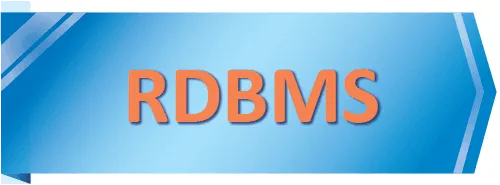
RDBMS PostgreSQL
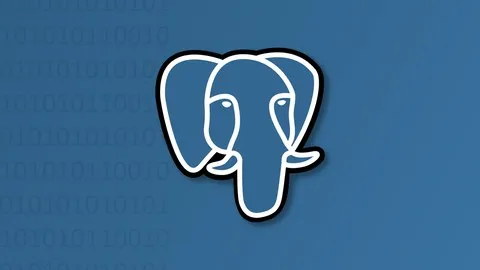
Intro To PostgreSQL Databases With PgAdmin For Beginners
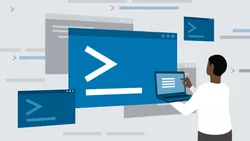
PostgreSQL: Client Applications

Mastering SQL using Postgresql

Database Design and Basic SQL in PostgreSQL
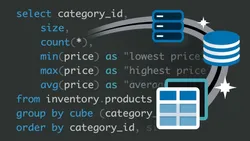
PostgreSQL: Advanced Queries

Spatial SQL with Postgres : A language for geographers

Learn SQL Using PostgreSQL: From Zero to Hero
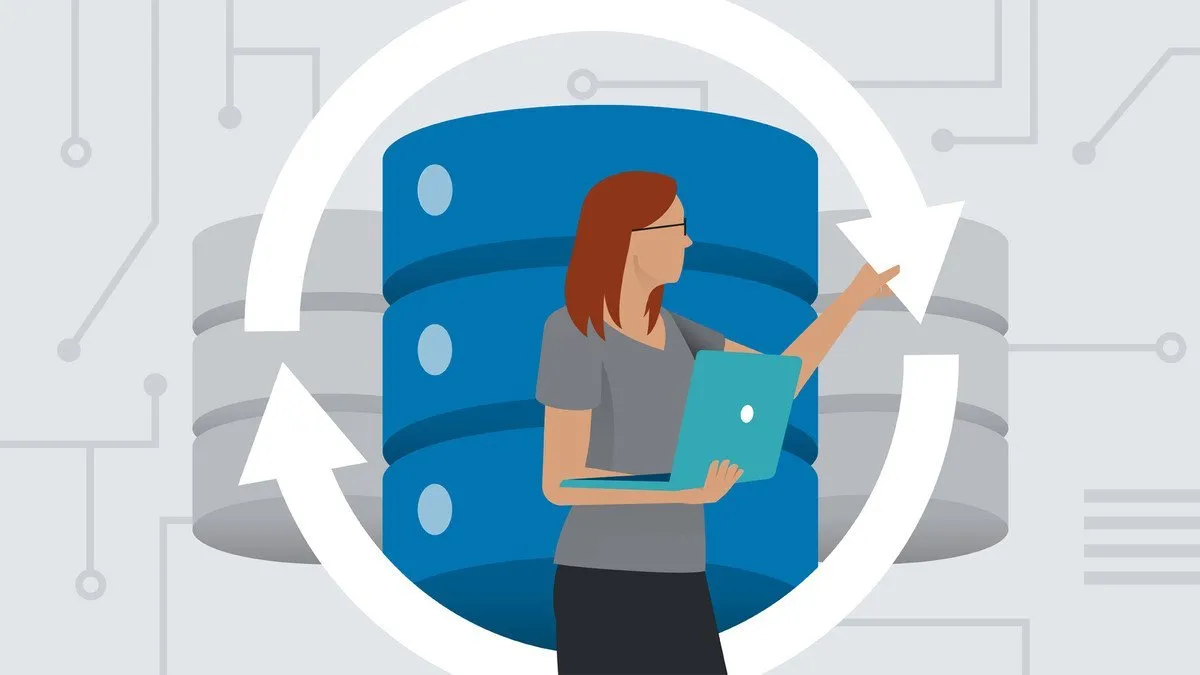
PostgreSQL Essential Training
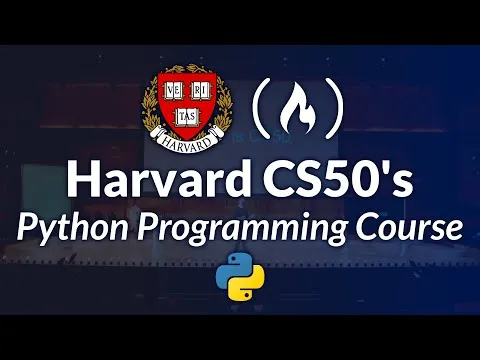
Harvard CS50's Introduction to Programming with Python : Full University Course
 Related Categories
Related Categories
 Popular Providers
Popular Providers
Quiz
 Submitted Sucessfully
Submitted Sucessfully
1. What is the main purpose of this course?
2. What type of clients will be used to illustrate the reuse capabilities of services in a distributed architecture?
3. What type of web applications will be covered in this course?
4. What type of payloads will be consumed and responded with?
5. What is the acronym for the Model View Controller (MVC) architecture?
Correct Answer: MVC


Start your review of Spring MVC Spring Boot and Rest Controllers